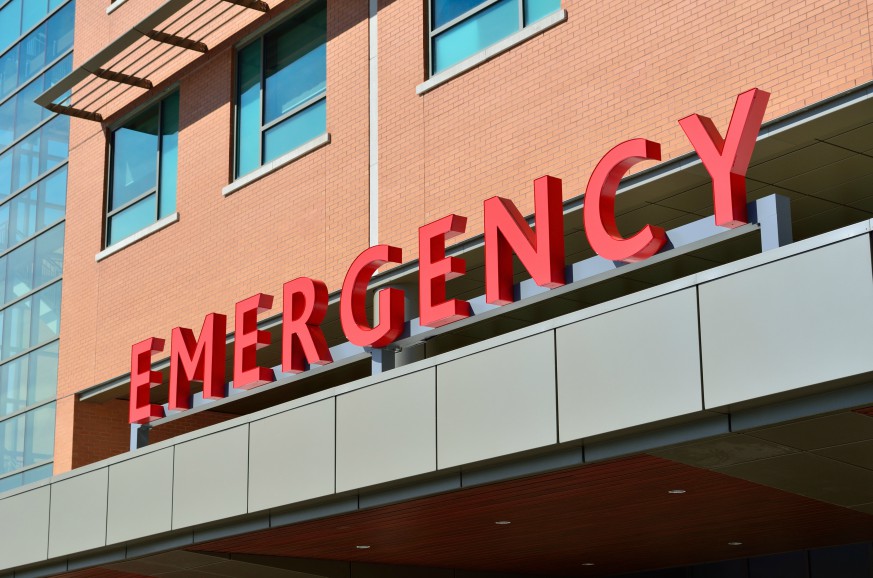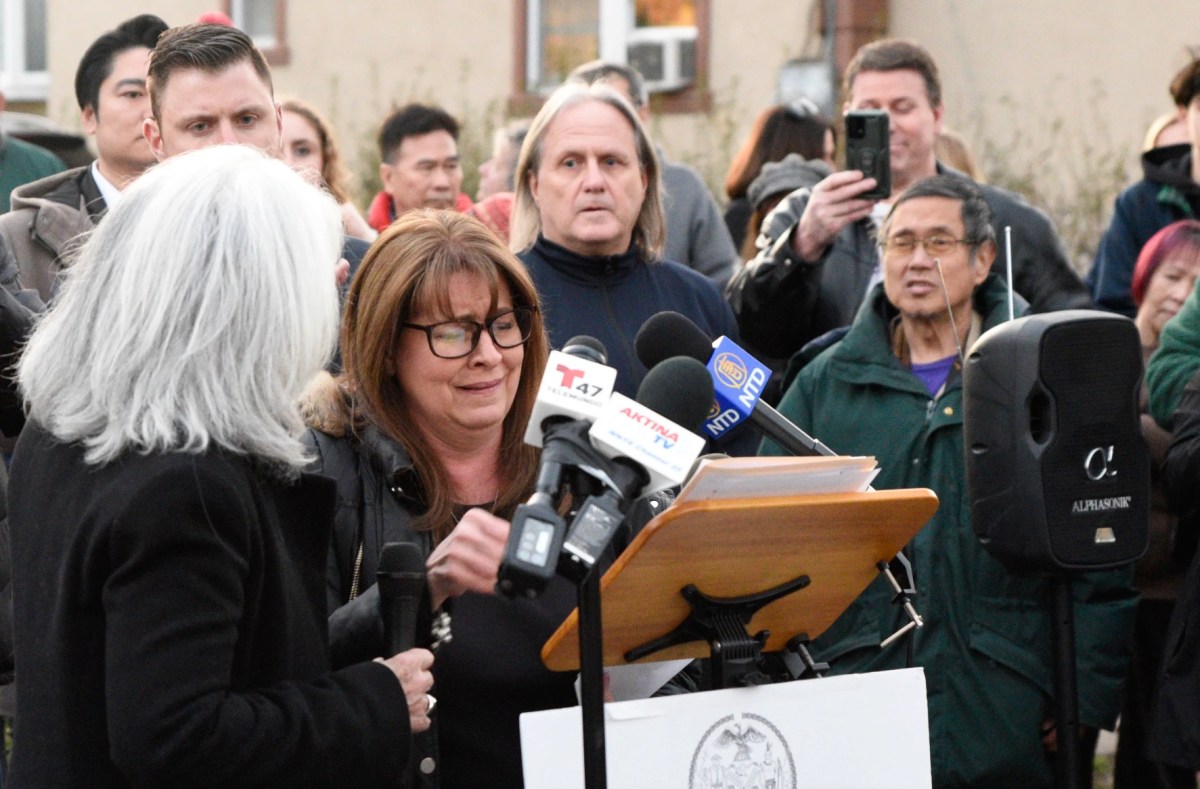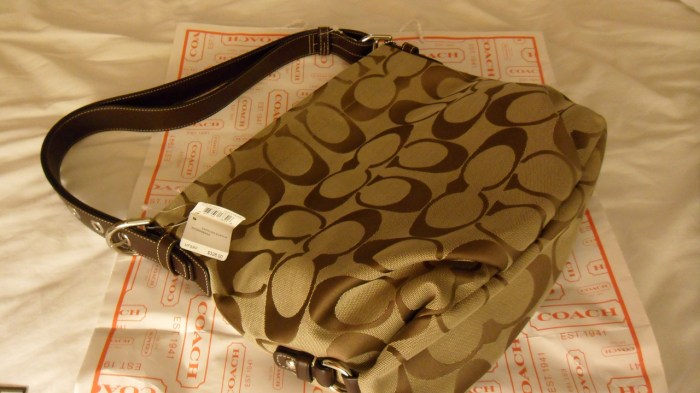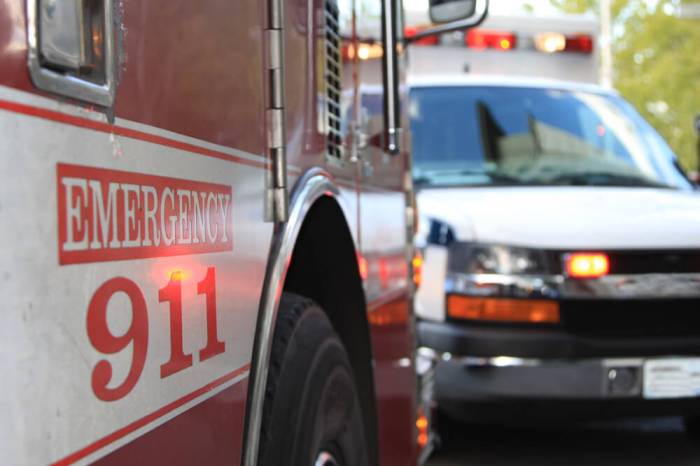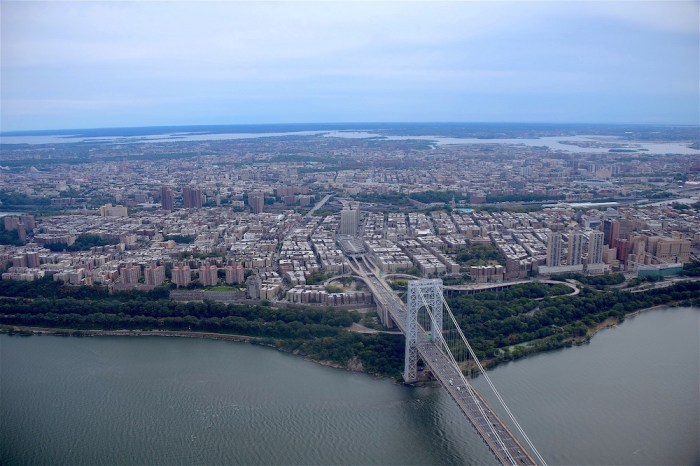A New Jersey teen died and at least 41 others were sickened by carbon monoxide during the season’s first major snowstorm Thursday afternoon, officials said according to NBC4.
A 13-year-old girl was rushed to the hospital, where she later died, after being exposed to the colorless, tasteless and odorless gas in a 12-unit apartment building on Fayette Street in Perth Amboy. Three of the teen’s relatives were in critical condition, and 27 police officers were also treated for carbon monoxide, or CO, poisoning.
Authorities received a call about an unconscious person around 4 p.m. and discovered several people in cardiac arrest when they arrived at the scene.
“We immediately knew it was some sort of toxin,” Deputy Police Chief Larry Cattano told NBC4.
The apartment building was evacuated immediately so authorities could investigate where the carbon monoxide leak was coming from — and to see if the building’s carbon monoxide detectors were functioning.
One resident told the network that her detector did not beep prior to her being evacuated.
Carbon monoxide safety tips
Carbon monoxide, which is nicknamed “the silent killer,” is produced “any time you burn fuel in cars or trucks, small engines, stoves, lanterns, grills, fireplaces, gas ranges or furnaces,” according to the Centers for Disease Control and Prevention. Hundreds of Americans die each year from unintentional exposure to carbon monoxide, with more than 20,000 people visiting the ER because of it, the agency said.
Long-term exposure can cause flu-like symptoms of headaches, fatigue, nausea and drowsiness, while those exposed to high concentrations of the gas can experience throbbing headaches, difficulty breathing, confusion, loss of consciousness and heart problems, the FDNY said.
New York City law requires building owners to provide and install at least one approved carbon monoxide detector within 15 feet of the primary entrance to each sleeping room.
The FDNY also offers these tips:
• Inspect and clean home-heating systems, fuel-burning appliances, ducts and chimneys annually, with regular appliance spot-checks.
• Never use fuel-burning appliances indoors without proper ventilation and do not run gas-powered engines in confined areas like a basement or garage — that goes for idling cars and trucks in garages as well.
• Have working smoke and carbon monoxide detectors, and if they are battery-operated, make sure to change them twice a year. The FDNY suggests replacing them on days you change the clocks for daylight saving time.
• If the alarm goes off, evacuate immediately and call 911.
• Make sure vents are clear of snow building during and after snowstorms.
• Do not use gas ovens and ranges as a source of heat.
• Do not use kerosene or propane space heaters, which are illegal in New York City.

